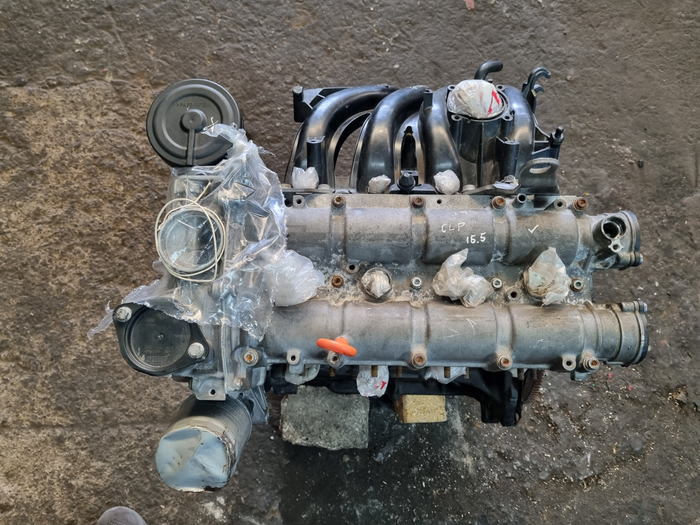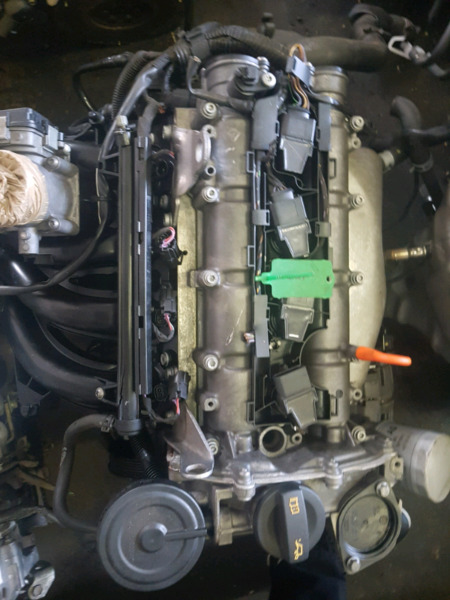Reduce maintenance costs with a well-built clp engine.
Reduce maintenance costs with a well-built clp engine.
Blog Article
How a Clp Engine Can Improve Efficiency in Various Industries
The advent of CLP engines notes a significant change in operational efficiency across different industries, driven by their ability to optimize fuel consumption and decrease downtime. As companies significantly prioritize sustainability along with efficiency, the role of CLP engines becomes even more critical.
Introduction of CLP Engines
CLP engines, or Continuous Fluid Propellant engines, represent a considerable development in propulsion modern technology, specifically for space applications. These engines utilize a continuous feed system that enables the sustained expulsion of propellant, resulting in enhanced efficiency and efficiency compared to standard strong or hybrid propulsion systems. By maintaining a continuous circulation of liquid propellant, CLP engines can achieve a lot more specific drive control, which is critical for navigating spacecraft in different objective scenarios.
The design of CLP engines incorporates innovative products and cutting-edge fuel administration systems. clp engine. This leads to minimized weight and raised reliability, necessary factors for long-duration area missions. Furthermore, the continuous operation minimizes the danger of burning instability, a typical obstacle in conventional rocket engines.

Advantages in Production
The production of Constant Liquid Propellant (CLP) engines presents several notable advantages that enhance both effectiveness and cost-effectiveness. One of the main advantages is the structured production procedure, which lowers the complexity associated with conventional propulsion systems. By using liquid propellant, producers can accomplish better precision in engine efficiency, resulting in maximized power outcome and minimized waste.
Additionally, CLP engines facilitate a greater level of modularity, enabling for much easier combination right into various manufacturing lines. This adaptability can significantly decrease lead times and improve overall functional versatility. Using CLP modern technology also has a tendency to minimize the need for extensive upkeep as a result of less relocating components, which converts right into decreased downtime and operational expenses.

Applications in Logistics
Leveraging Continual Liquid Propellant (CLP) engines in logistics provides substantial benefits in operational effectiveness and integrity. These engines provide a durable remedy for various transportation needs, allowing the smooth motion of products across huge ranges. The intrinsic style of CLP engines permits regular power output, which translates into smoother and more predictable transport timetables.
One of the crucial applications of CLP engines in logistics is in durable freight transport, where they can drive both ground and aerial vehicles. Their capability to preserve high performance under varying tons conditions makes certain that shipment timelines are met, consequently improving client fulfillment. Furthermore, CLP engines can be integrated right into automated logistics systems, assisting in real-time monitoring and enhancing course planning.
Furthermore, the resilience of CLP engines decreases maintenance downtime, enabling logistics firms to optimize their functional capacities. This is specifically beneficial in warehousing operations, where performance in taking care of and transferring products is important. As logistics remains to develop, the integration of CLP engines represents a forward-thinking approach that not just boosts performance but additionally sustains the sector's expanding demands for dependability and rate.
Effect On Power Performance
How do Continual Fluid Propellant (CLP) engines improve power performance in transport? CLP engines utilize a constant circulation of liquid fuel, maximizing combustion procedures and preserving a stable drive result. This layout minimizes power losses related to standard burning engines, where fuel delivery can differ and lead to inefficiencies.
The continual procedure of CLP engines permits a much more reliable thermal cycle, leading to greater details impulse compared to standard engines. clp engine. This converts to decreased fuel intake for the very same quantity of job done, considerably decreasing operational prices throughout numerous transportation fields, consisting of air travel and maritime sectors
Additionally, the ability of CLP engines to maintain optimal performance under differing lots important source conditions reduces the demand for frequent acceleration and slowdown, better boosting fuel efficiency. Improved power efficiency not only adds to cost savings however also leads to decrease greenhouse gas exhausts, lining up with worldwide sustainability goals.
Future Trends and Innovations
Arising advancements in Continuous Liquid Propellant (CLP) engine technology promise to transform the landscape of transportation performance and sustainability. As industries pivot toward greener options, CLP engines stand at the center, incorporating ingenious materials and design methodologies that enhance performance while reducing ecological influence.
One of one of the most promising patterns is the fostering of crossbreed systems that integrate CLP engines with sustainable power resources. This synergy can maximize gas consumption and decrease discharges, straightening with global sustainability objectives. Developments in computational fluid dynamics (CFD) are promoting the layout of even more tips here more aerodynamically reliable engines, leading to lowered drag and improved fuel effectiveness.
Furthermore, the advancement of wise monitoring systems is established to boost functional efficiencies. These systems take advantage of information analytics and IoT innovation to enhance engine efficiency in real-time, making sure that the engines operate within their most efficient parameters.
As research study continues to check out alternate propellant formulas-- such as biofuels and artificial gas-- the future of CLP engines looks appealing. By harnessing these technologies, markets can not only improve their effectiveness yet additionally contribute substantially to a cleaner, more lasting future in transport.
Final Thought
Finally, CLP engines represent a significant improvement in performance across numerous markets. Their capacity to optimize fuel consumption and reduce functional costs, combined with a continuous feed system, boosts power output and operational integrity. The integration of advanced products and less moving components minimizes maintenance requirements, while placement with sustainability goals settings CLP engines as an essential modern technology for the future. Proceeded advancement in this area guarantees further renovations in efficiency and ecological performance. check these guys out
Report this page